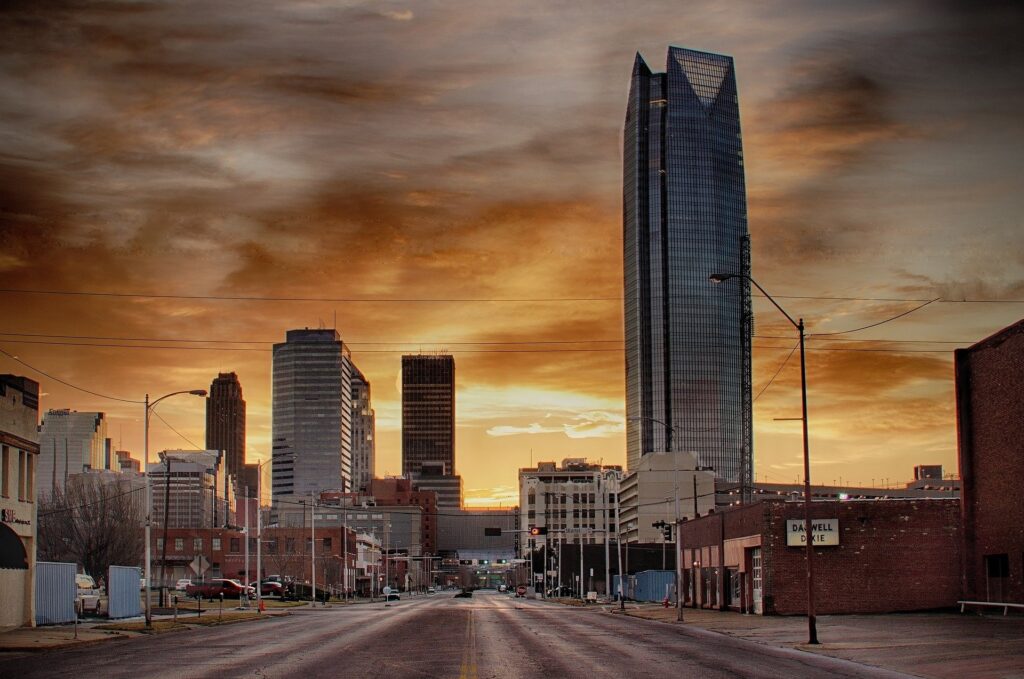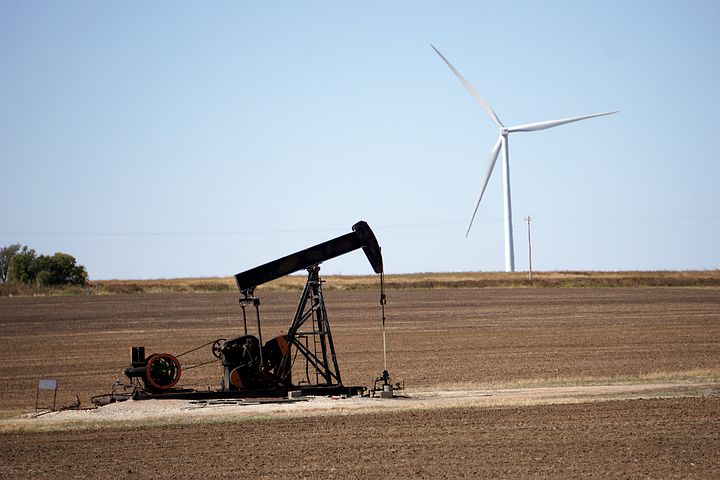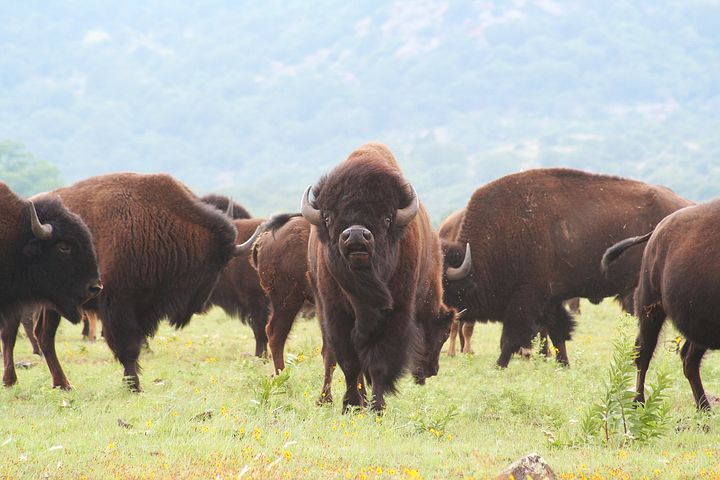Oklahoma
An In-depth Look at Oklahoma
Oklahoma, a state in the South Central region of the United States, is surrounded by a multitude of states, including Texas, Kansas, Missouri, Arkansas, New Mexico, and Colorado. Named after the Choctaw words “okla” and “humma”, which mean “people” and “red” respectively, Oklahoma is a cultural melting pot with a rich history, diverse economy, and vibrant arts scene. The state also holds a prominent position in the energy sector, putting a significant focus on natural gas and oil production. Let’s delve deeper into the various facets of Oklahoma.
Geographical Overview
Situated in the heart of the United States, Oklahoma’s geographical diversity is noteworthy. It is home to ancient mountain ranges, prairies, mesas, and eastern forests. The state is predominantly covered by the Great Plains, the Cross Timbers, and the U.S. Interior Highlands, regions that are known for their susceptibility to severe weather.
Oklahoma’s topography is characterized by a gradual slope from the high plains of the western boundary to the low wetlands of the southeastern boundary. The state’s highest point is the Black Mesa, standing at 4,973 feet above sea level in the far northwest corner. In contrast, the state’s lowest point is located on the Little River near the town of Idabel, dipping to 289 feet above sea level.

Climate
Oklahoma’s climate is diverse, influenced by its position at the confluence of three major American cultural regions. The state’s climatic regions exhibit a high level of biodiversity, with a blend of North Midland, South Midland, and Southern dialects. Given its location, Oklahoma experiences frequent and intense weather changes. The state has a reputation for a high frequency of severe weather, including thunderstorms and tornadoes, making it part of the infamous Tornado Alley.
Demographics
The population of Oklahoma has been seeing a consistent rise. As per the 2020 Census, the state’s population stood at 3,959,353, marking a 5.5% increase since 2010. The state has witnessed a significant diversification in its population over time, with a high rate of English, Scotch-Irish, German, and Native American ancestry. Oklahoma is home to 67 Native American tribes and bands, contributing to the state’s cultural and linguistic diversity. The state’s population is predominantly Christian, with Evangelical Protestants being the largest religious group.

Economy
Oklahoma’s economy is not only diverse but also dynamic. The state is the third-largest producer of natural gas in the nation and the fifth-largest producer of crude oil. Besides, Oklahoma is known for its flourishing aviation, transportation equipment, food processing, electronics, and telecommunications sectors. The state’s GDP has seen significant growth in recent years, contributing to the nation’s overall economic progress. Agriculture also plays a crucial role in the state’s economy, with Oklahoma ranking as the 27th-most agriculturally productive state.
Energy Industry
Being a major player in the energy sector, Oklahoma significantly contributes to the country’s natural gas and crude oil supplies. The state also has a robust presence in the wind energy sector. Despite its strong footing in non-renewable energy sources, Oklahoma has been making conscious efforts to increase its focus on renewable energy.

Education
Oklahoma has an extensive educational system comprising public school districts and independent private institutions. The state prioritizes early education and has been recognized for its efforts in making pre-kindergarten education accessible. The state is home to several higher education institutions, with the University of Oklahoma and the University of Tulsa being recognized among the country’s best universities.
Culture
Oklahoma’s culture is a blend of Southern hospitality, Western ranching traditions, Native American heritage, and oil baron influence. The state is known for its rich history in ballet, with five Native American ballerinas achieving worldwide fame. Oklahoma also has a vibrant arts scene, with a focus on jazz culture, Native American, Mexican American, and Asian American music and art.

Oklahoma is a state of contrasts – from its diverse geography to its multifaceted economy and vibrant culture. It is a place where tradition and modernity coexist, creating a uniquely Oklahoman identity. Despite the challenges it has faced, Oklahoma continues to grow and evolve, carving out its distinctive place within the United States. Whether it’s the bustling energy of its cities, the serene beauty of its landscapes, or the warmth of its people, Oklahoma has something for everyone.
